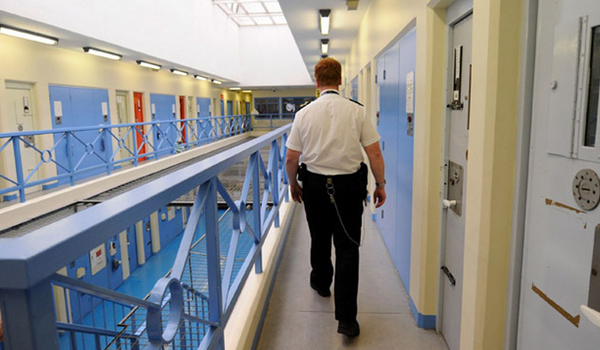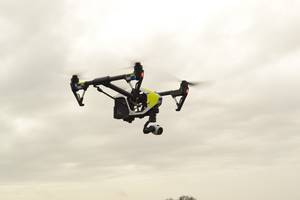2015 a pivotal year for critical communications
As the Government pushes towards the launch of its new Emergency Services Network, experts warn that critical decisions taken this year could impact the safety and security of millions of people worldwide.

As the Government pushes towards the launch of its new Emergency Services Network, experts warn that critical decisions taken this year could impact the safety and security of millions of people worldwide.
With many regions globally yet to decide whether to safeguard spectrum for public protection and disaster relief (PPDR) use, the Tetra and Critical Communications Association (TCCA) says 2015 could be the last chance the mission-critical community has to ensure that political decisions continue to allow first responders priority access to bandwidth for their operational communications needs.
Tetra, the worlds most successful mission-critical communications standard, operates in dedicated spectrum, ensuring that police, fire and ambulance users do not, for instance, have to fight with Facebook users for communications capacity but will this be the case for the long-term evolution (LTE) standard, commonly known as 4G-LTE? says the TCCA.
It adds that steady advances with the LTE standard mean the technology looks likely to be ready to support hybrid critical communications networks (a combination of Tetra voice and LTE data using private and commercial networks) over the course of the next decade.
The decisions that will be taken at the World Radio Communications Conference in November will impact the effectiveness of first responders, if harmonised protected spectrum is not agreed. Individual governments will subsequently have to decide for or against dedicated LTE spectrum or solutions for mission-critical communications.
This is a pivotal year, when regulators decide whether the emergency services should continue to have the ability for uninterrupted communications during major incidents once the LTE standard is ready to support mission-critical applications, said Phil Kidner, chief executive officer of the TCCA.
Tetra networks provide unrivalled availability, resilience and efficiency for their users. Many governments intend to continue investing in their existing Tetra networks, supplementing them with non-critical broadband data services using LTE. However, without guaranteed availability, LTE cannot claim to be a mission-critical bearer assured spectrum is the key.
Although work to develop the LTE standard to support mission-critical users is progressing steadily with the creation of the new dedicated SA6 working group within the mobile telecommunications network technologies 3rd Generation Partnership Project (3GPP), the global Tetra user base continues to grow. The global information company IHS Technology predicts a seven per cent increase by 2018.




